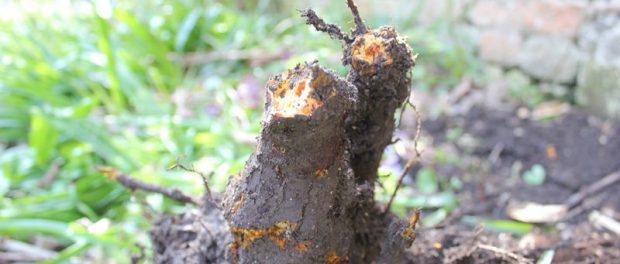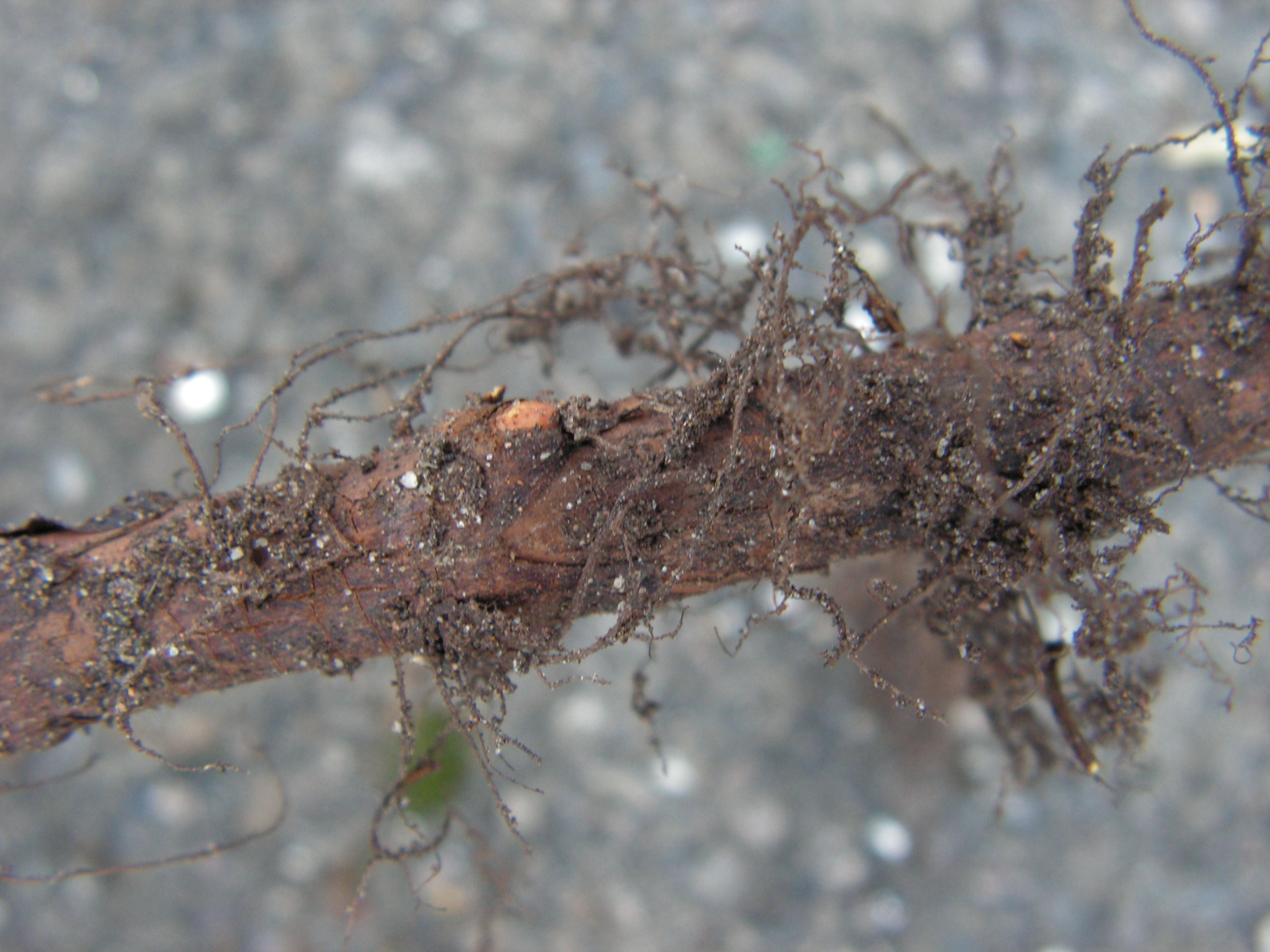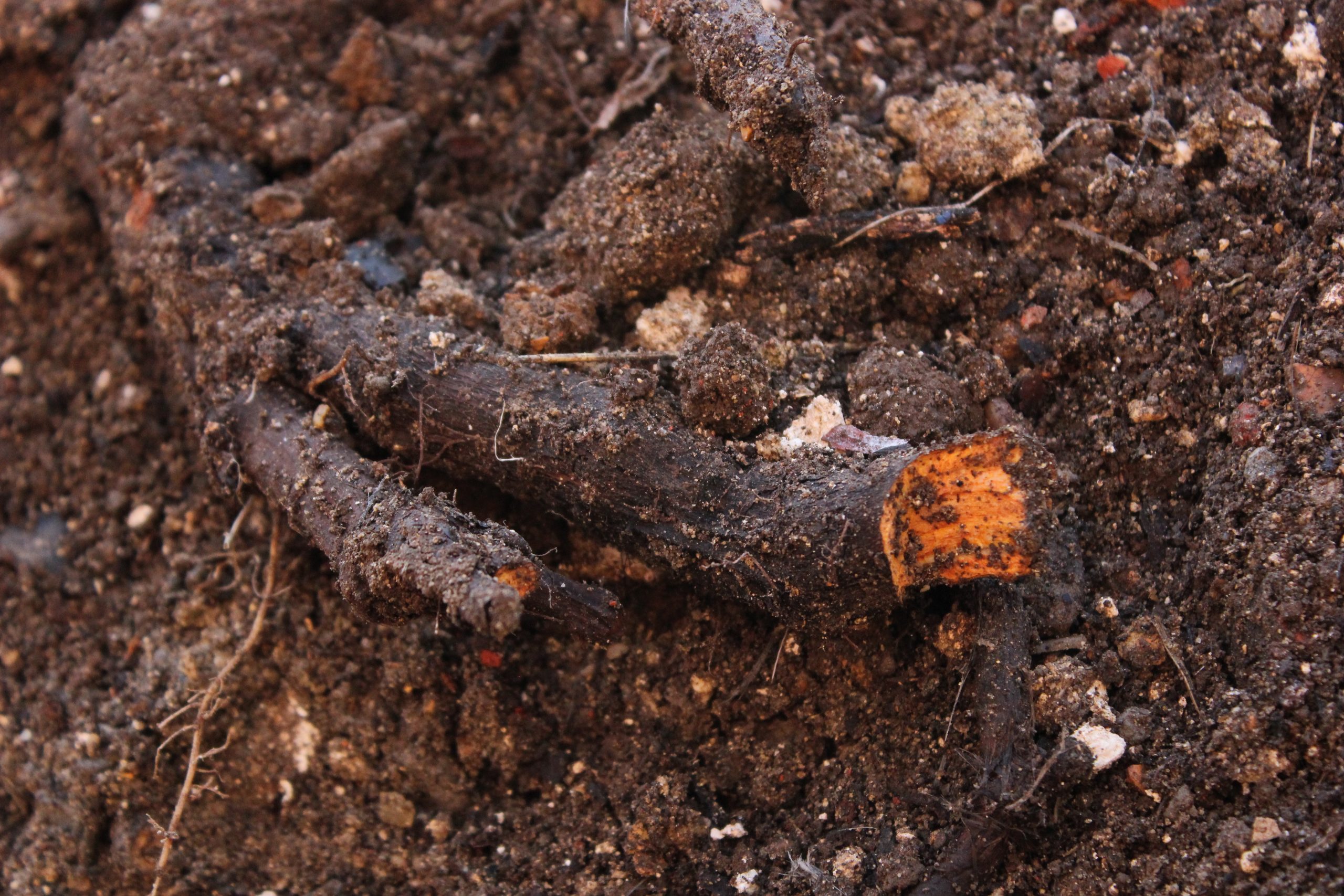Why can’t rhizomatous plants such as invasive Japanese knotweed be killed?

A rhizome is the underground root structure of the plant. It sends out roots (or shoots) from nodes. New plants can grow from these shoots.
Rhizome. What is it? How does it grow? Why can’t you kill it?
Many invasive plants, like Japanese knotweed are rhizomatous, but what does that mean exactly? In this article we explore every aspect of the rhizome part of plants, and why these plants cannot be ‘killed’!
Managing invasive plant species usually requires the whole plant to be removed. However, excavation from root to tip is complicated by removing the root-like systems of some species, called rhizomes. Storing starches and proteins, these protective extensions are capable of producing new root and shoot systems that will form new plants.
What’s the rhizome’s function?
Rhizomes enable plant survival during unfavourable environmental conditions. This includes disturbance to the soil such as winter cold, wildfire, and trampling from foot traffic and livestock. Not only this, rhizomes also enable plants to move and spread into new, often more favourable environments.

How does a rhizome grow?
Whilst roots grow downwards seeking moisture and nutrients, rhizomes grow horizontal to the soil and are well-equipped to deal with desiccation. Designed to protect themselves and reproduce, they can spread rapidly. Rhizomes grow in sections called ‘internodes’. Those with short internodes form as compact clumps, such as ginger and potatoes. Rhizomes with long internodes are often referred to as ‘running’, due to their tendency to spread rapidly. Examples include bamboo, an invasive ornamental plant and Parrot’s feather, an invasive aquatic weed .

Rhizome growth factors
A plant’s ability to spread by rhizome depends on two things: its biological properties and environmental conditions. Biological properties include things like rhizome fragment size and drought resistance, whilst the environment influences whether fragments are buried by soil or remain at the surface. Disturbances such as construction, flooding, animal activity and cultivation determine the extent of fragmentation, at which times of year, and facilitate their being carried to new environments.

Why can’t you kill rhizomes?
Eradication of an invasive species spreading via rhizomes requires every piece of rhizome to be removed. This is especially important, as an entire clonal plant can grow from a rhizome fragment smaller than your pinky finger nail (or in the case of knotweed 0.5gm).
Whether whole or fragmented, rhizomes retain their reproductive functions and can contribute to the establishment of a ‘bud bank’. Subterraneous bud banks are a plant’s lifeline, consisting of clonally-produced vegetative propagules from a single ‘genet’, through asexual reproduction.
Rhizome buds account for the “majority of seasonal population renewal in plant communities, are crucial to regeneration following disturbance, and have important consequences for plant population dynamics and plant ecosystem function across a number of habitats”.
Rhizomes can live for decades, but we only have limited knowledge about the longevity of buds attached to them. This makes it all the more important to excavate the entire invasive plant system and dispose of it appropriately.
Tag-team growth units
Rhizomes do not work alone to propagate an invasive species. Their regenerative powers are bolstered when combined with reproduction by seed (though this is not the case with knotweed in the UK), which is aided by seed banks. In contrast to a bud bank, seed banks retain higher genetic diversity by conserving novel genotypes produced via sexual recombination. Whilst buds are usually attached to the parent plant, seeds are dispersed independently.
Toxic traits (literally)
Japanese knotweed rhizome is edible, but other rhizomes are often toxic if eaten by animals and humans, such as Irisis which produce gastrointestinal irritation. However, rhizomes also pose a threat to many different ecosystems via ‘allelopathy’. This refers to the production and release of chemical compounds which are toxic to competitor and native species, destabilising ecological interactions and ecosystem functioning.
Such effects were observed in Hedychium coronarium (white ginger lily) which invades Brazilian riverbanks and wetlands. Researchers noted growth inhibition and reduced biomass in a variety of other species after exposure to H. coronarium rhizome allelochemicals, warning that rhizome compounds can interfere with aquatic ecosystems and their dynamic trophic webs.
Similar activity was reported in Solidago canadensis (Canadian goldenrod), during experiments to examine whether invasive species impact mycorrhizal systems. Mycorrhizae are extremely important fungal associations linking root systems and beneficial fungi, acting as extensions to a plant’s root system and protecting their host against environmental stress. Rhizome allelochemicals extracted from S. canadensis significantly inhibited mycorrhizal colonisation of native test plant species and altered indigenous mycorrhizal fungal spore composition.
Allelopathy is not just a single mode of invasion, operating in tandem with the other invasive traits of alien plant species. Accordingly, experiments on Fallopia x bohemica rhizomes revealed simultaneous competition for shared resources and production of allelochemicals against native plants.
Other examples of rhizome-growing plants:
Edible
- Bamboo
- Horsetail
- Ginger
- Potato
- Turmeric
- Cannas
- Creeping Charlie
Toxic
- Bearded iris
- Calla lilies
- Poison ivy
Insights for rhizome management
Research shows that the size of rhizome fragments impacts the viability of plants sprouting from them. Studies tested the effects of burial depth and fragment size on rhizome sprouting in different invasive plant species. Plant viability increased with fragment size, and one plant didn’t sprout at all when buried at the greatest depth (20cm).
The key pointers are; early identification, surveying the impacts, getting a management plan in place or contracting a remediation programme. Control can be achieved by a herbicide treatment plan but in truth, the only way to ‘manage’ Japanese knotweed is to excavate it and completely remove all contaminated soils. There are methods of containment where knotweed contaminated ground is relocated to a ‘safe’ area – by that we mean the area will not be disturbed by further development, construction or planting. Get in touch to see how we can help you control or eradicate knotweed infestations.
Want to know if you have Japanese knotweed? Use our free online identification tool or get in touch by calling 0333 2414 413.
